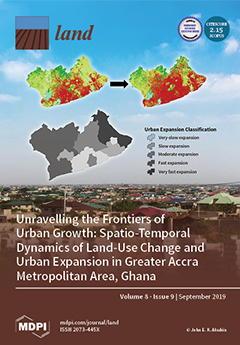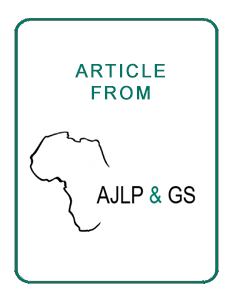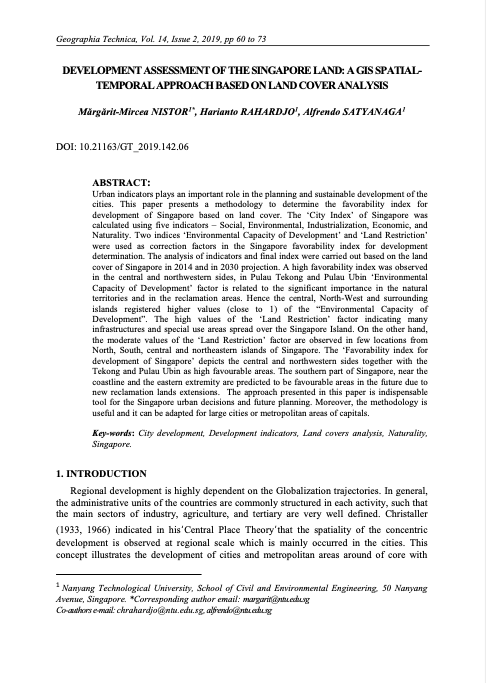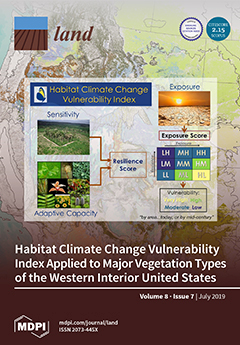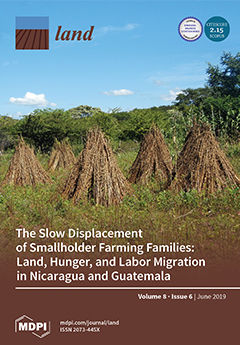Land and Landscape; Linking Use, Experience and Property Development in Urban Areas
This article brings together the concepts of land and landscape, tightly linked in urban transformative situations, but rarely used for the purpose to strengthen strategic planning for sustainability. They are investigated as a combined base for land use deliberations, in early phases of planning processes, in practices of different scale, especially in a European context, drawing on planning and landscape policies generally agreed upon, as well as the UN Sustainable Development Goals.

